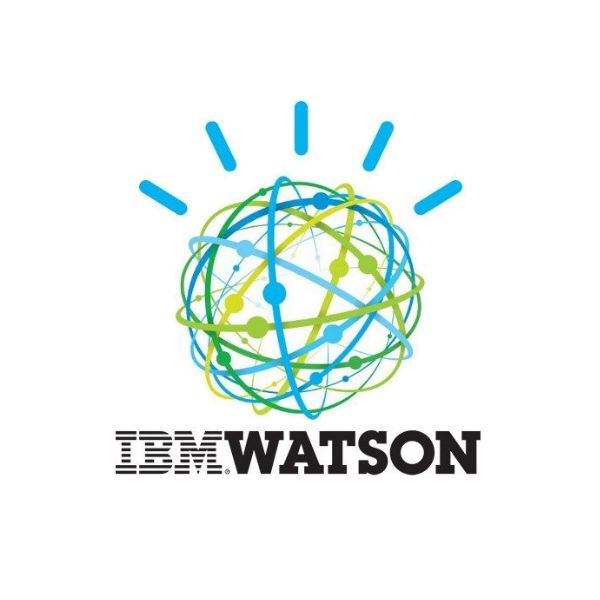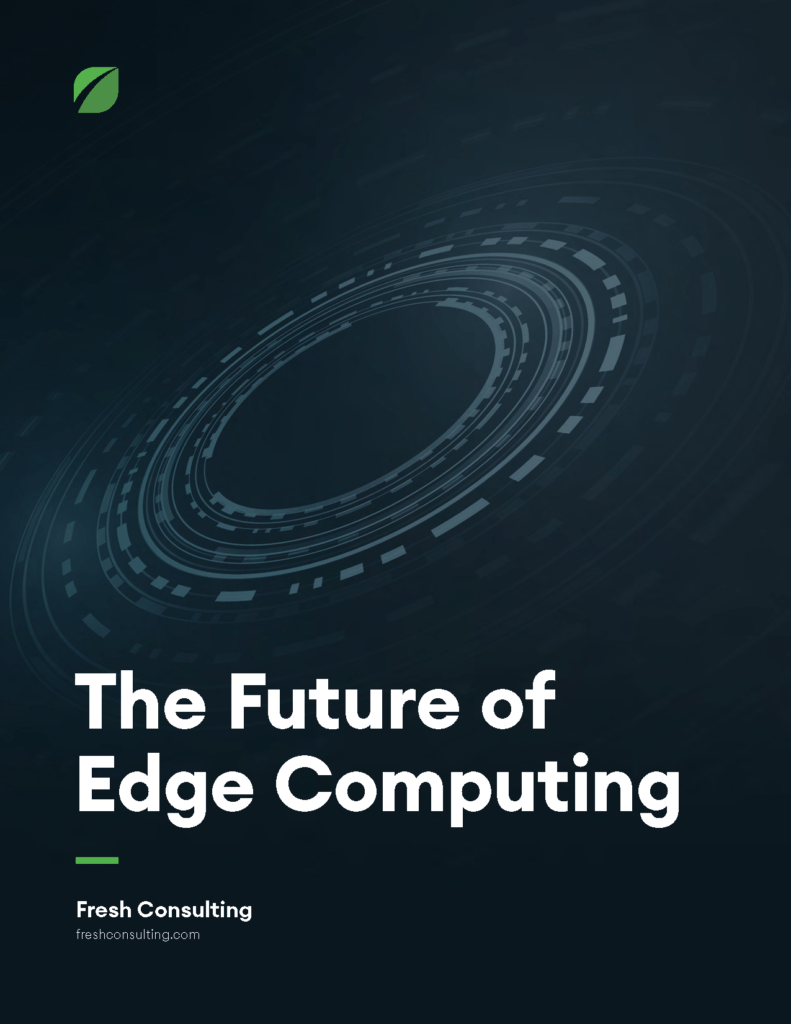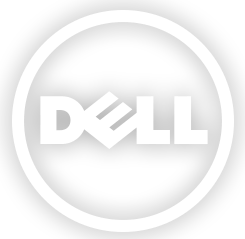
Amazon
AWS IoT Greengrass is a service offered through AWS that is specifically made for IoT edge computing use cases. This service extends the capabilities of the cloud onto the IoT devices within a particular network, allowing them to perform the work that the cloud would normally do. These devices connect to local networks, communicating with one another, and only communicate with the cloud when necessary and possible.

Microsoft
One of the major benefits Azure IoT Edge is the ability to move AI tasks from the cloud to IoT devices themselves. This means that AI processes can be running in your IoT project without the need for cloud connectivity. Azure IoT Edge also improves the latency of an IoT project while still cutting overall costs.

Their edge computing solution is a physical TPU – Tensor Processing Unit – which is a small processing chip that can be custom-tailored to an IoT project’s needs. These chips are smaller than a penny and consume very little power, making them easy to integrate into a device’s design. The main selling point of these TPUs is their ability to push AI to the edge. This is
especially significant for Google, as AI is something that the company has been investing heavily in for close to a decade.

IBM
The edge server is in between the IoT devices and the central server, reducing the distance that data has to travel and reducing processing overhead. IBM is also working on mesh networks that will allow IoT devices to communicate with one another without needing wifi or cellular connection. These networks will allow devices to pass information back and forth directly, rather than sending information to an outside server that then sends that information to the other device.

Dell
Dell has also created a line of Edge Computing Gateways. These are physical devices that you can install into your IoT system. They take in data from nearby devices and sensors, performing as many computational processes as they can before sending anything into the cloud. These devices make it easy to implement edge computing into an IoT project, as
they blend into existing projects fairly seamlessly.





